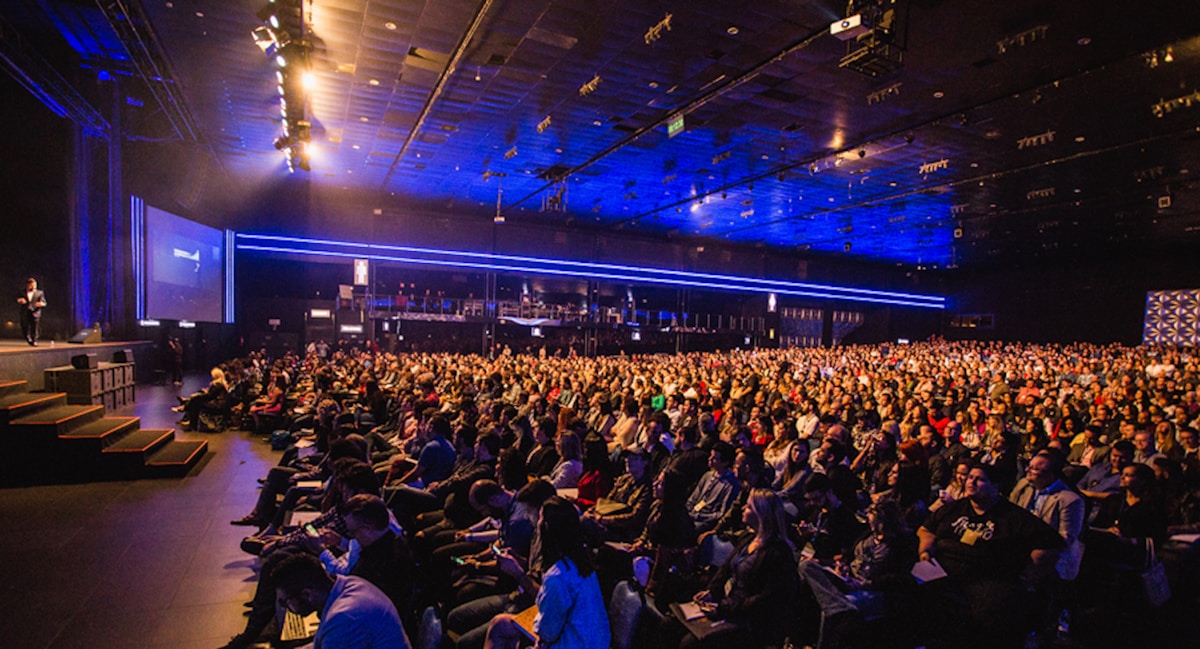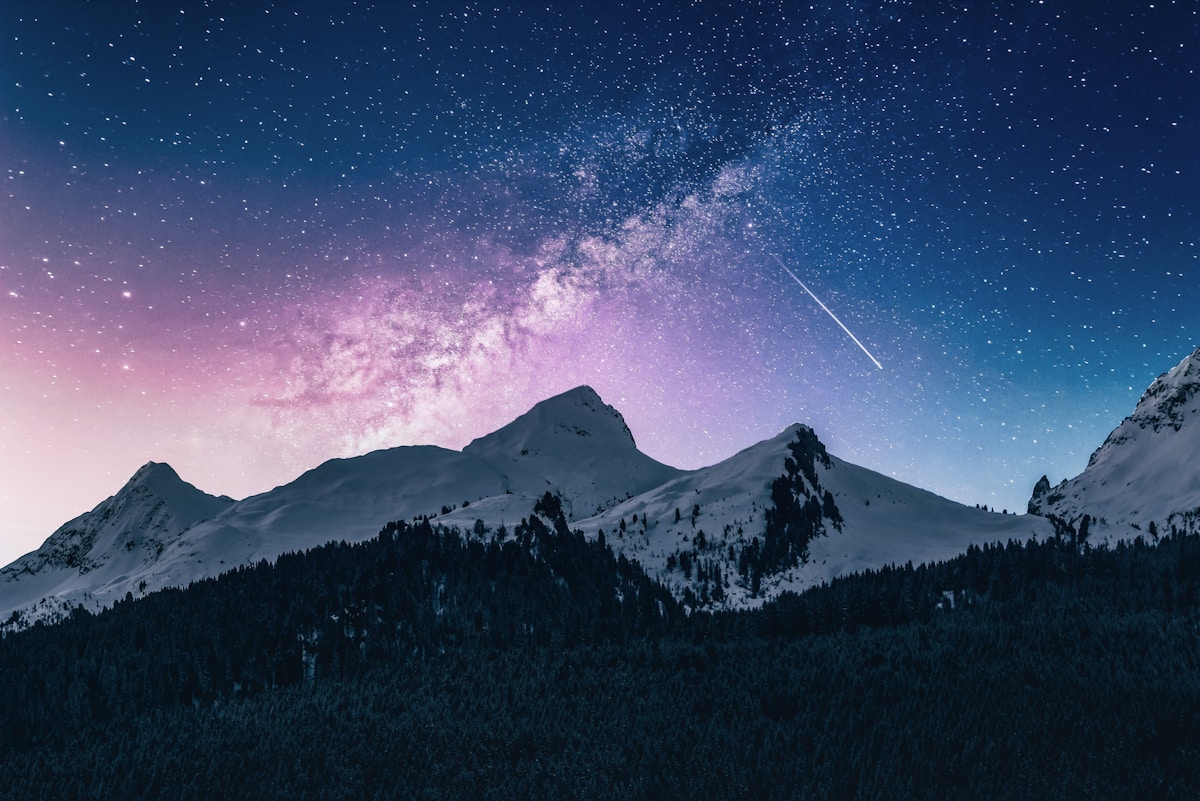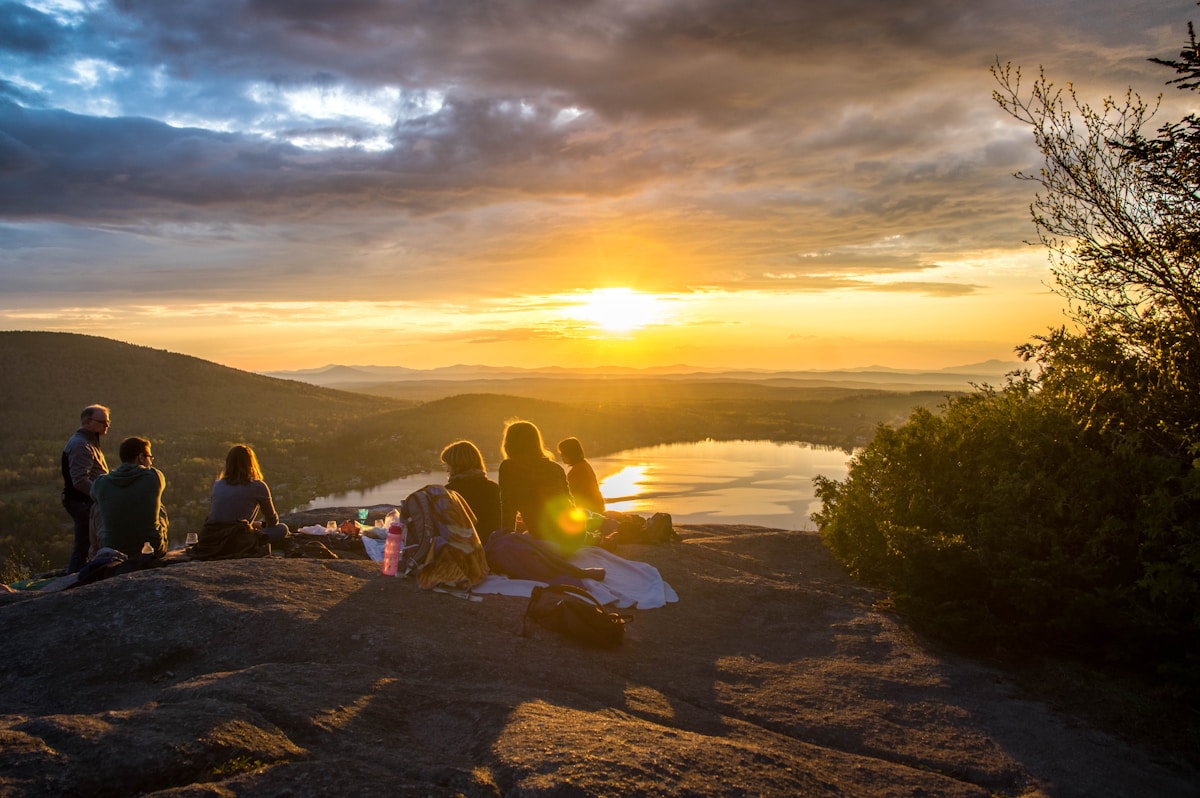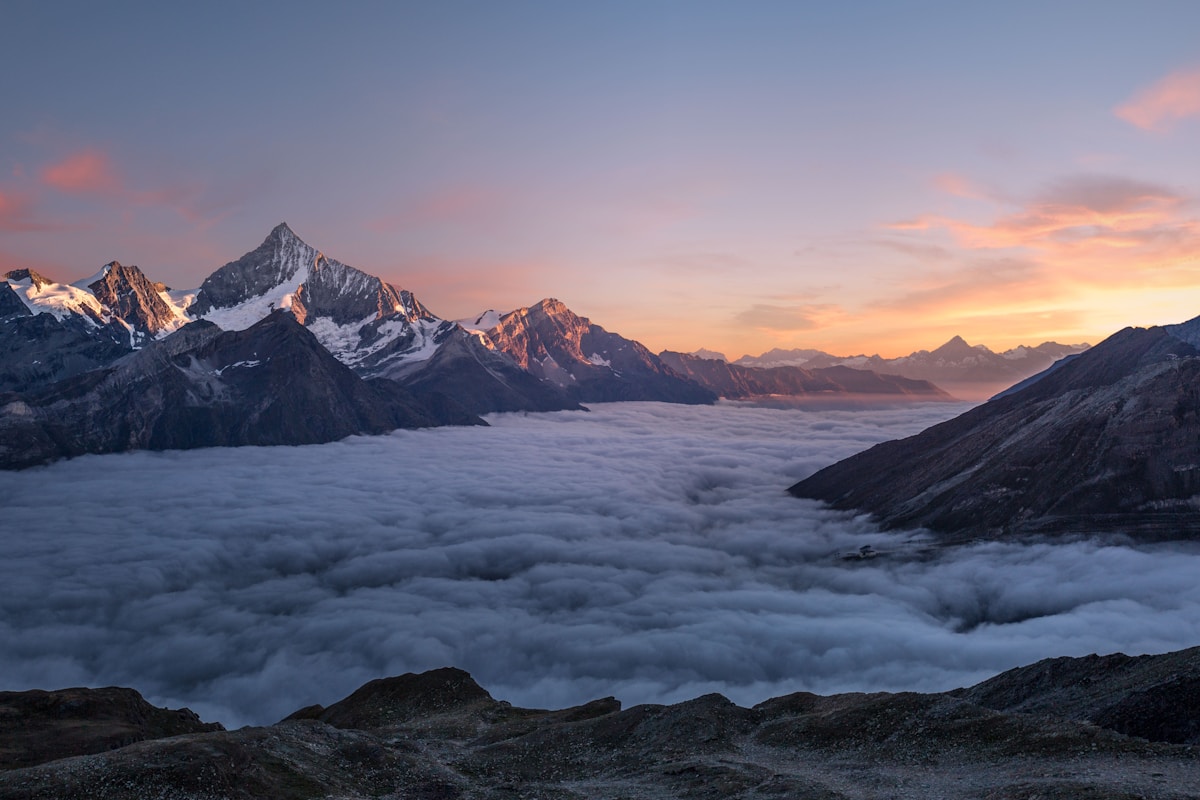The Changing Face of Canadian Identity

Ask a Canadian to define what makes them Canadian, and you'll likely get answers involving hockey, apologizing excessively, and perhaps a reference to Tim Hortons or maple syrup. These cultural touchstones have become shorthand for Canadian identity, repeated so often they've taken on the quality of national mythology. But in 2025, as Canada continues to evolve into one of the world's most diverse nations, these simplistic markers feel increasingly inadequate to capture what it means to be Canadian.
The question of Canadian identity has never been simple. Unlike many nations with clear origin stories or dominant ethnic groups, Canada has always been a work in progress, a nation defined more by aspiration than by shared history or culture. We're a country that had to literally invent a national identity, one that could somehow encompass English and French, Indigenous and settler, old stock and newcomer.
The Traditional Narrative
For decades, the dominant narrative of Canadian identity centered on certain key themes: we're polite, peaceful, tolerant, and multicultural. We define ourselves in contrast to Americans - less aggressive, more egalitarian, more collectively minded. We pride ourselves on our healthcare system, our natural landscapes, and our reputation as international peacekeepers. We celebrate our diversity through official multiculturalism policies.
This narrative has served important purposes. It gave Canadians a sense of distinctiveness from our powerful southern neighbor. It provided a framework for incorporating waves of immigrants into the national fabric. It allowed us to feel good about ourselves on the world stage.

But this comfortable narrative has always obscured uncomfortable realities. It glosses over the ongoing colonization of Indigenous peoples. It minimizes the historical and contemporary racism experienced by many Canadians. It presents multiculturalism as an accomplished fact rather than an ongoing negotiation. And perhaps most problematically, it assumes a white, settler perspective as the default Canadian experience.
Voices Demanding to Be Heard
Today, new generations of Canadians are challenging these traditional narratives and demanding a more honest reckoning with who we are as a nation. These aren't just recent immigrants questioning Canadian identity - though they certainly are part of the conversation. They're also second and third-generation Canadians, Indigenous peoples, racialized communities, and others who've been told they're Canadian but haven't always been treated as full and equal members of the national community.
Consider Amira Hassan, a 28-year-old Canadian born in Toronto to Somali parents. She's never lived anywhere but Canada, yet regularly faces questions about where she's "really from." Her experience of Canadian identity includes both a deep connection to this country and a persistent sense of being seen as other.
"I'm as Canadian as anyone born here," Amira says. "But people make assumptions based on how I look and my name. They're surprised when I have a Toronto accent. They comment on how well I speak English - it's my first language! These microaggressions remind you that for some people, being Canadian still means looking a certain way."
These experiences are far from unique. Statistics Canada data shows that racialized Canadians, particularly those who are Black, Asian, or Muslim, report significantly higher rates of discrimination and feeling like they don't fully belong. The "where are you really from" question has become a symbol of this persistent othering, a reminder that for all our talk of multiculturalism, assumptions about who counts as authentically Canadian remain deeply racialized.
Beyond the Mosaic
Canada has long prided itself on the "cultural mosaic" model of multiculturalism, contrasting it with the American "melting pot." The idea is that in Canada, different cultures can maintain their distinctiveness while coexisting peacefully, like tiles in a mosaic creating a larger picture while retaining their individual colors.

It's a nice metaphor, but increasingly inadequate to describe lived reality. The mosaic metaphor assumes distinct, separate cultural pieces that fit together but don't actually mix. It doesn't capture the messy, creative, sometimes contradictory ways that people actually navigate multiple cultural identities.
Young Canadians, particularly those from immigrant backgrounds, often describe feeling "between" cultures rather than neatly slotting into one piece of the mosaic. They might speak English with their friends, Cantonese with their grandparents, and a mix of both with their parents. They celebrate Lunar New Year and Canada Day. They eat poutine and bubble tea, sometimes in the same meal. They're creating something new that isn't simply additive - Canadian plus another culture - but genuinely hybrid.
Dr. Minelle Mahtani, a scholar of mixed race identity and Canadian multiculturalism, argues that these hybrid identities represent the future of Canadian identity. "The mosaic metaphor served its purpose for a certain time," she explains. "But it's too static. It doesn't capture the dynamism of how culture actually works, especially for younger generations who are mixing and creating new forms of cultural expression."
Indigenous Perspectives
Any honest conversation about Canadian identity must center Indigenous perspectives, yet these are often the most marginalized voices in national conversations. Indigenous peoples were here first, but have been systematically excluded from definitions of Canadian identity except as historical artifacts or obstacles to progress.
The Truth and Reconciliation Commission's calls to action challenged Canadians to reckon with the genocidal history of residential schools and ongoing colonial violence. This reckoning requires not just acknowledging past wrongs, but fundamentally rethinking Canadian identity itself. How do we define ourselves as a nation if our founding narrative is one of Indigenous dispossession? What does it mean to be Canadian on stolen land?
These aren't comfortable questions, and there are no easy answers. But Indigenous thinkers and activists are insisting that we sit with this discomfort rather than rushing to resolution or reconciliation without fundamental change.

"Non-Indigenous Canadians want to feel good about themselves," says Hayden King, Anishinaabe writer and educator. "They want to acknowledge Indigenous peoples but not in ways that require them to give up anything or fundamentally change how they see Canada. But you can't have real reconciliation without redistribution of land and power."
Some Indigenous voices are asking whether they even want to be included in Canadian identity, given that Canada as a nation-state is itself a colonial project imposed on Indigenous territories. Others are working to transform Canadian identity from within, insisting that Indigenous perspectives and values must be central rather than marginal to how we understand this country.
Regional Identities and Tensions
Canadian identity has always been complicated by regionalism. Someone from Newfoundland might have very different ideas about Canadian identity than someone from Alberta or Quebec. These regional identities often feel more immediate and meaningful than national identity, especially in regions that feel marginalized by central Canadian power.
Quebec's distinct identity within Canada has been the subject of constitutional crises and ongoing political debate. The question of whether Quebec is a nation within Canada, or simply a province like any other, remains unresolved. For many Québécois, their primary identity is tied to language, culture, and Quebec itself, with Canadian identity secondary or even contested.
Western alienation has similarly shaped how many Albertans and others in the prairies understand their relationship to Canada. Feeling economically and politically dominated by Ontario and Quebec, many Western Canadians have developed identities rooted in resistance to central Canadian power. The recent rise of Western separation movements, while still marginal, reflects deeper dissatisfaction with how Canadian identity is defined and who gets to define it.
The Class Dimension
Discussions of Canadian identity often ignore class, but economic experience profoundly shapes how people relate to national identity. The Canada experienced by wealthy professionals in Toronto is dramatically different from the Canada experienced by working-class people in rural communities or struggling urban neighborhoods.
When politicians and pundits talk about "Canadian values" or "the Canadian dream," they often mean values and aspirations tied to middle-class stability: home ownership, good jobs, access to healthcare and education. But as inequality grows and that middle-class stability becomes less attainable, these narratives ring hollow for many Canadians.
Young people facing impossible housing costs, gig workers without stable employment, and those working multiple jobs to make ends meet are experiencing a very different Canada than the one celebrated in official narratives. Their relationship to Canadian identity may be shaped more by frustration and disillusionment than by pride and belonging.
Climate and Environment
Increasingly, conversations about Canadian identity are incorporating questions about our relationship to the environment and climate change. Canada has long defined itself through its natural landscape - the True North, strong and free - but that landscape is rapidly changing due to climate change, and Canada's role as a major producer of fossil fuels complicates any simple narrative about environmental stewardship.

Young Canadians, particularly those involved in climate activism, are demanding that environmental responsibility become central to Canadian identity. They're challenging the cognitive dissonance of celebrating pristine wilderness while extracting resources in ways that harm ecosystems and contribute to climate change.
This includes recognizing that environmental issues are also justice issues, disproportionately impacting Indigenous communities and low-income Canadians who have fewer resources to adapt. A Canadian identity worthy of the name, these activists argue, must center care for the land and water, not just exploitation of natural resources.
Digital and Global Connections
Today's young Canadians are navigating identity in ways that would have been impossible for previous generations. They maintain connections with family and communities around the world through digital technology. They consume media from everywhere, not just Canadian content. They participate in global conversations and movements in real-time.
This global connectivity doesn't necessarily weaken Canadian identity, but it does change its character. Being Canadian becomes one identity among many that young people navigate, rather than the primary or defining identity. They might be Canadian and Tamil, Canadian and queer, Canadian and gamer, Canadian and environmentalist, with these identities all informing each other in complex ways.
What Comes Next
So what does it mean to be Canadian in 2025? Perhaps the answer is that there is no single answer, and that's okay. Perhaps Canadian identity has always been about negotiating difference rather than asserting sameness. Perhaps our strength lies not in having a clearly defined national character, but in our ability to hold space for multiple, sometimes contradictory understandings of what this country is and should be.
This doesn't mean anything goes or that Canadian identity is meaningless. Core values like democracy, human rights, equality, and dignity matter. Our institutions, laws, and social programs shape shared experiences. Our geography and history provide common reference points, even if we interpret them differently.
But it does mean moving beyond simplistic narratives that erase complexity and exclude voices. It means being honest about our history and present, including the ways we've failed to live up to our stated values. It means creating space for Indigenous sovereignty and perspectives. It means actually listening when racialized Canadians describe experiences of exclusion and discrimination. It means recognizing class divisions and their impact on belonging.
The Canada of the future will be shaped by young people who refuse to accept incomplete or exclusionary definitions of Canadian identity. They're building something new - messy, contradictory, uncomfortable at times, but more honest and inclusive than what came before. That work of redefining Canadian identity isn't finished. It may never be finished. And perhaps that ongoing negotiation, that perpetual becoming, is the most Canadian thing of all.
This commentary reflects the author's perspective and is part of True North Stories' ongoing exploration of Canadian identity and belonging. We welcome diverse viewpoints on this important topic. Share your thoughts on what it means to be Canadian today.